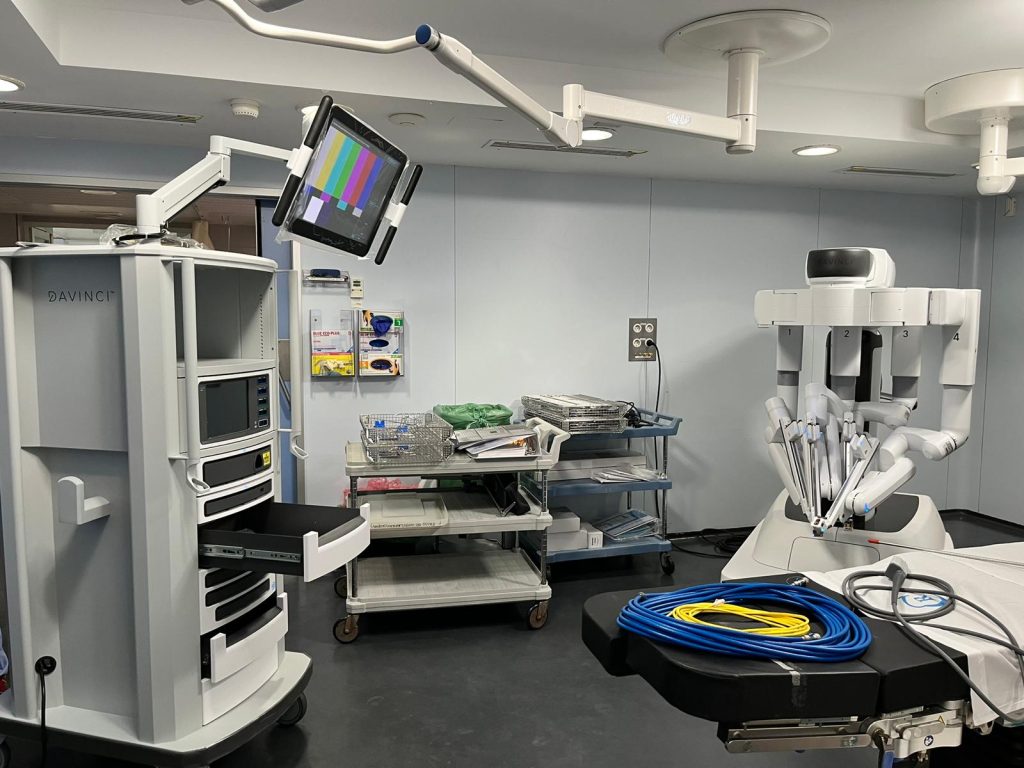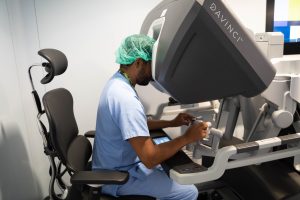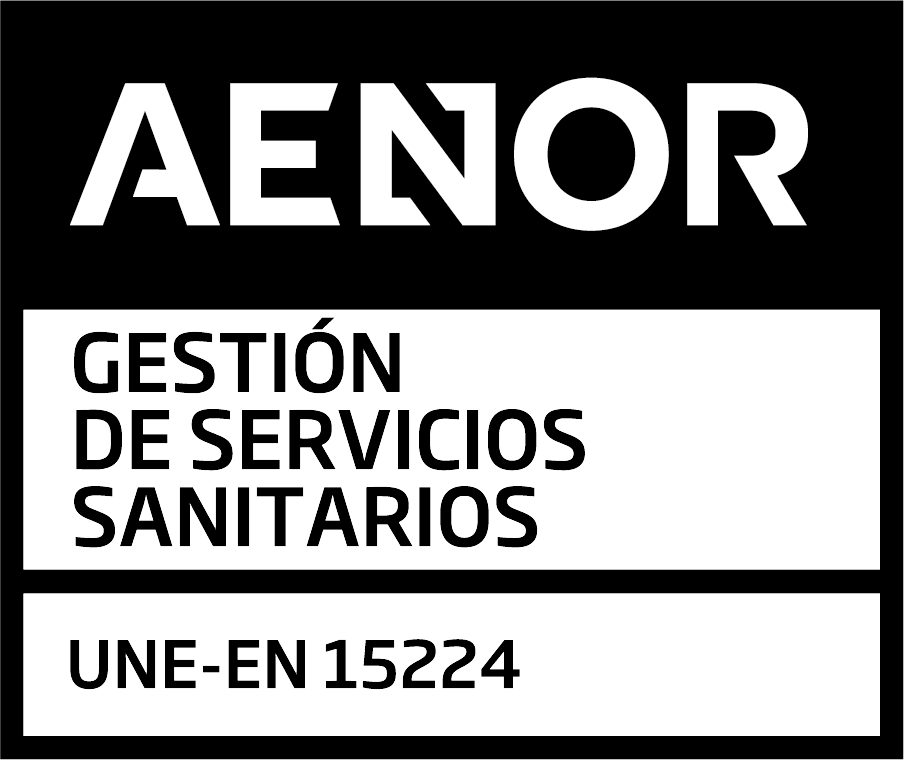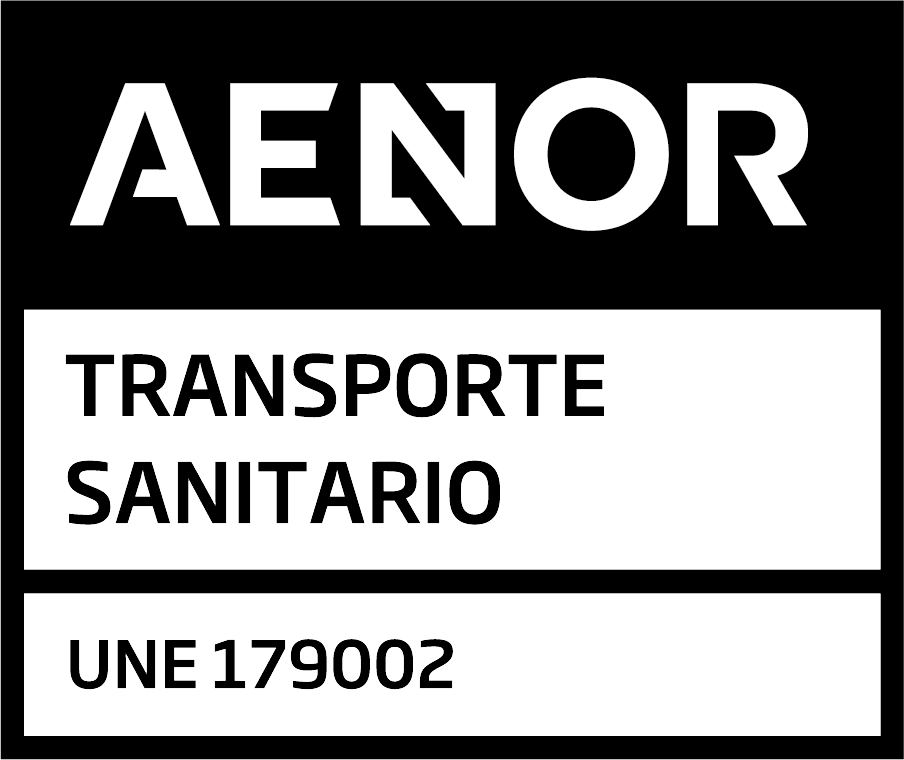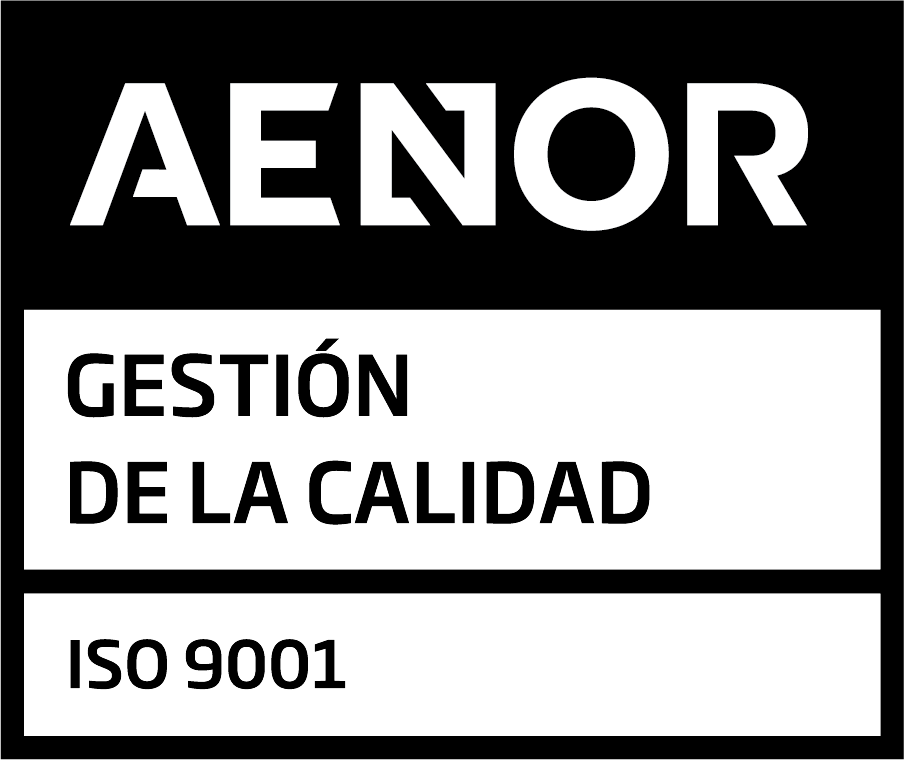From today, 4th April, Grupo Policlínica has the most advanced technology in robotic surgery: the equipment called DA VINCI.
Grupo Policlínica patients will have access to one of the most efficient minimally invasive devices in the world.
Thanks to this equipment Grupo Policlínica will perform more precise surgeries, with less bleeding and less risk of infection.
There are approximately 100 devices throughout Spain and one of them in Grupo Policlínica, already available for the Pitiusa community.
Ibiza, 4 April 2023
Robotic surgery is a technique that allows certain surgical interventions to be carried out very precisely and safely, thanks to the use of small tools that are attached to a robotic arm that the surgeon controls by using a computer.
The robot reproduces the movements indicated by the surgeon in a very controlled and precise way.
The Da Vinci robotic surgery is the latest evolution of minimally invasive surgery where the surgeon manually controls the console controls in the operating theatre so that the system accurately transforms these gestures into the movements of the robotic arms. This technologically advanced method brings many clinical advantages for the patient before, during and after surgery.
The Da Vinci equipment consists of 3 parts:
1.- Patients’ trolley: This is the operational component of the Da Vinci system and consists of four mobile and interchangeable arms, mounted on a single column, designed to support the optics and the 8 mm instruments, with a length of more than 48 cm to reach the most complex anatomies.
2.- Surgical console. This is the control centre. Through the console, the surgeon controls the optics and the instruments by using two controls and several pedals.
3.- Vision tower. Contains the central image elaboration and processing unit to obtain a real 3D vision, as well as the accessory equipment of the da Vinci robotic system (electrosurgical unit, insufflators, etc.).
Grupo Policlínica will use this equipment in many types of surgery, especially in medical specialities such as Urology and General Surgery.
In Urology, it has been shown that thanks to this equipment, patients recover their quality of life sooner and more efficiently. For example, in prostate cancer operations, shorter times are achieved, both in surgery and in the patient’s recovery: postoperative pain and bleeding are reduced, problems such as urinary incontinence or sexual dysfunction are resolved sooner, and postoperative complications are generally reduced. The patient can return to normal social and work activities in less time.
In general surgery Grupo Policlínica will use it, for example, for colon cancer operations, and as this equipment has already proved in other hospitals, patients will be able to resume normal diet in less time, their recovery will also be quicker and the chances of complications are reduced.
Other specialities of the Grupo Policlínica, such as Gynaecology, Otorhinolaryngology and Thoracic Surgery, will also benefit from this equipment.
But the most important thing is the advantages for both the surgeon and the patient.
The surgeon will be able to perform his work in a very comfortable way, accessing the most complex areas of the body, with excellent visualisation of the anatomy.
The movements performed by the robot will be much more precise and without physiological hand trembling. Surgery time is reduced thanks to these tools that facilitate and improve your work.
For the patient, the small incisions will have better aesthetic results, less need for transfusions, less postoperative pain and less time spent in hospital.
This type of surgery has opened up a path for surgeons because thanks to them they can perform operations that were unthinkable until recently, greatly improving efficiency and allowing patients to return home much sooner after surgery.
Now, Grupo Policlínica patients will have access to one of the most efficient minimally invasive devices in the world.
It is undoubtedly a further step forward in healthcare on the islands, and specifically in minimally invasive surgery, which will be the future of all surgery.

